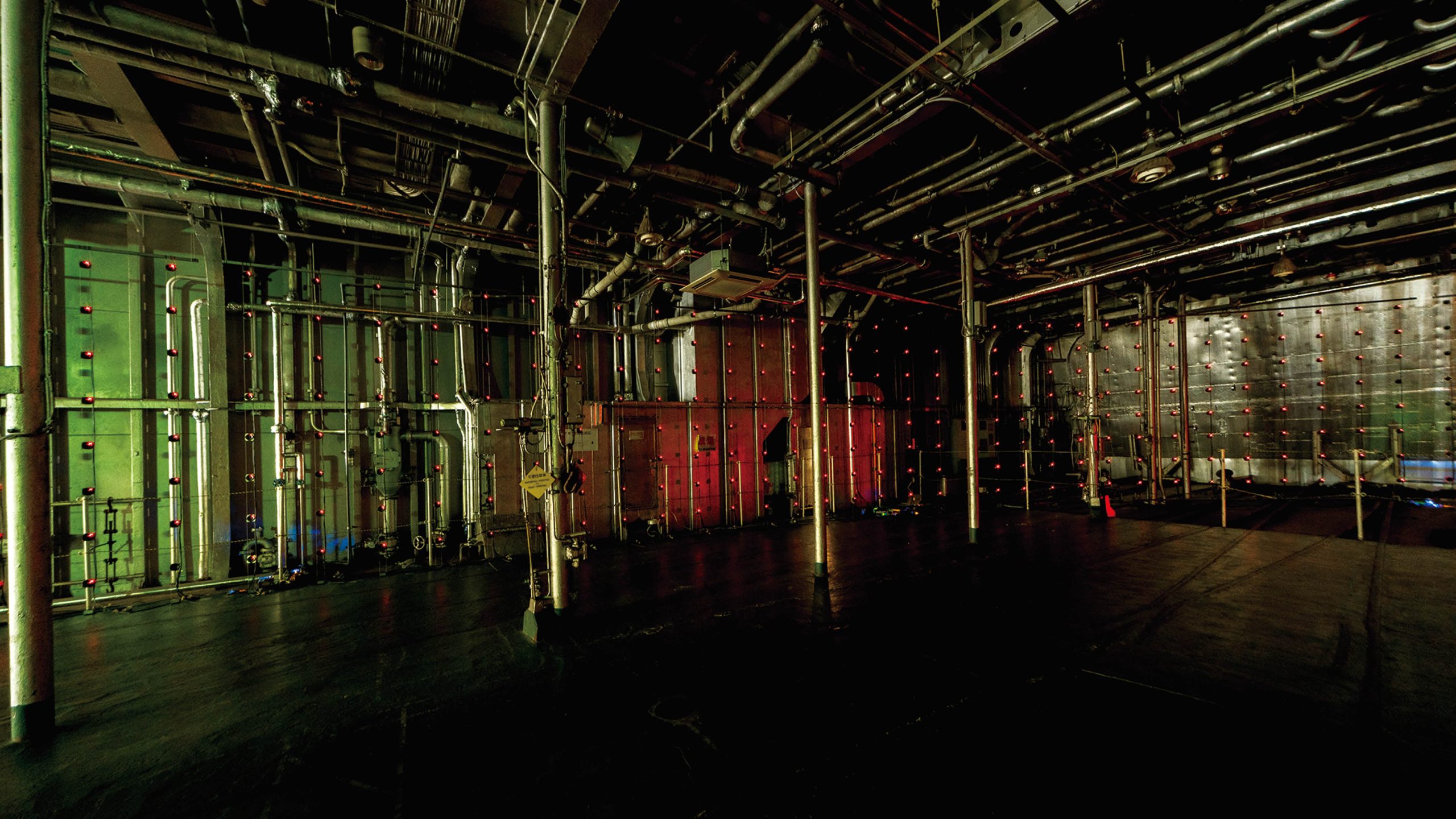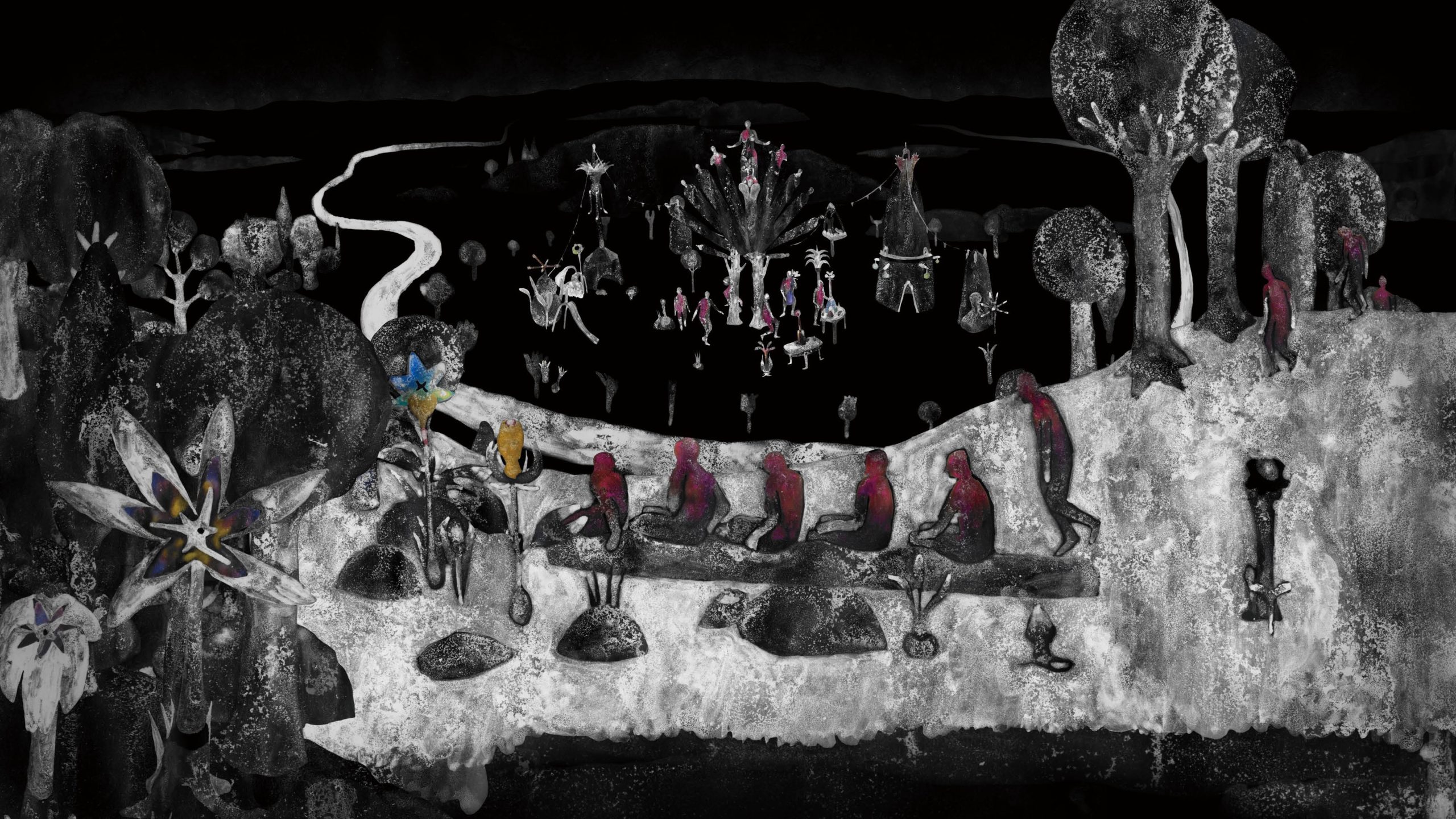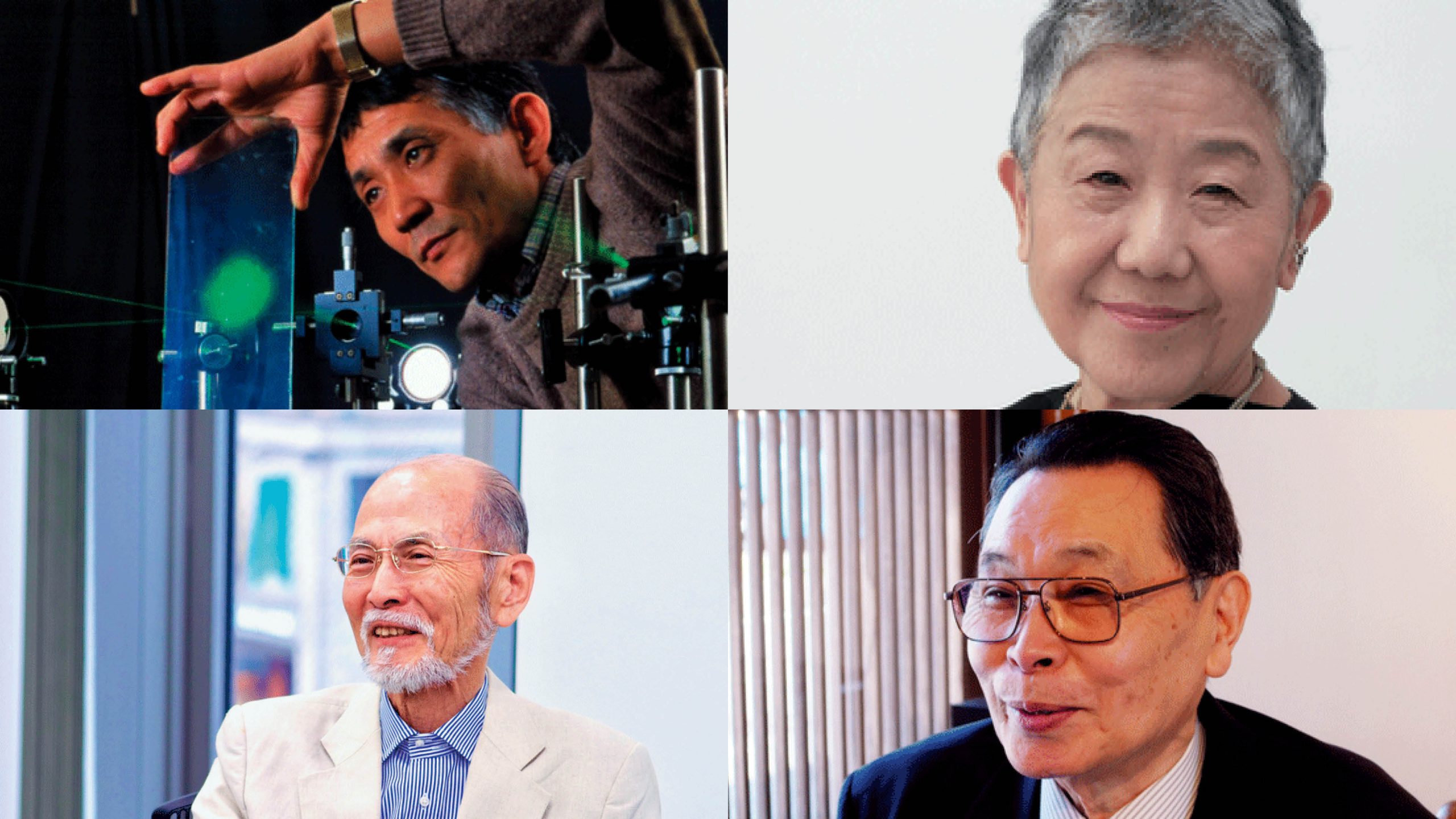
Outline
Entry Period
2018.8.1(Wed) - 10.5(Fri)
Organizer
22st Japan Media Arts Festival Executive Committee
Chair
MIYATA Ryohei(Commissioner of the Agency for Cultural Affairs, Government of Japan)
Operating Committee
FURUKAWA Taku(Animation Artist)
TATEHATA Akira(President, Tama Art University)
Exhibition
Dates
2019.6.1(Sat) - 16(Sun)
Awards Ceremony
2019.3.1(Fri)
Venue
Miraikan - The National Museum of Emerging Science and Innovation
Fuji Television Wangan Studio
Tokyo International Exchange Center
BMW GROUP Tokyo Bay
Symbol Promenade Park and other locations
Co-organizer
Bureau of Port and Harbor,
Tokyo Metropolitan Government
Tokyo Waterfront City Association
Admission
free
Cooperation
BMW GROUP Japan
Japan Student Services Organization
Tokyo International Exchange Center
Miraikan – The National Museum of Emerging Science and Innovation
Tokyo Port Terminal Corporation
Cooperative Programs
Sendai Short Film Festival

Jury / Major
Jury
MORIYAMA Tomoe
AKIBA Fuminori
ABE Kazunao
IKEGAMI Takashi
Georg TREMMEL
ENDO Masanobu
KAWADA Tom
NAKAGAWA Daichi
SAITO Seiichi
SATO Naoki
YOKOTA Masao
KIFUNE Tokumitsu
MORINO Kazuma
NISHIKUBO Mizuho
UDA Kounosuke
MINAMOTO Taro
KAWAHARA Kazuko
NISHI Keiko
OMOTE Tomoyuki
SHIRAI Yumiko
Major
FUJIKAWA Haruka
WATANABE Tomoya
IMURA Yasuko
KANAZAWA Kodama
MIZUNO Masanori
TADOKORO Atsushi
KURAMOCHI Kayoko
MATSUDA Naomasa
MIURA Kazushi
ODAGIRI Hiroshi
NISHIHARA Mari
OGINO Hitoshi








TATEHATA Akira
President, Tama Art University
This is the 22nd year that the Japan Media Arts Festival has been held. This exhibition, combining the Art division with the Enter- tainment, Animation and Manga divisions —three fields in which the strength of Ja- pan's voice and its driving force really shine —is unprecedented, and is attracting more attention every year from outside Japan. As one of the sponsors of this festival, I was both happy and surprised that we had en- tries from 102 countries and regions this year—the highest ever. I believe that our ap- preciation for both radical, experimental works and the more popular works that re- flect our times have inspired great interest among expressionists in all genres.In this sense, the selection of the pro- duction team of Chico Will Scold You! for the Grand Prize in the Entertainment Divi- sion was very interesting. In the past, major films like SHIN GODZILLA and Your Name. won awards, but in the case of Chico, this was really a best planning award, not a best product award. Chico’s catch phrase, “Don’t sleep through life!” really appeals to people because of its humor, which captures our times, and I think this will become a popular phrase. This synchronization of CG com- posites with the TV in your living room represents the maturation of the producer’s media literacy (and the maturation of the viewers’ literacy). This is exactly what this arts festival is all about.The Grand Prize-winner in the Art Divi-sion (FURUDATE Ken) is a large-scale installation that synchronizes the rough inte- rior of the Seikan Ferry Memorial Ship Hakkoda-Maru with flashing lights and me- chanical sounds. The dynamic strength of the sound and lights that create the space draw in the viewer. Grand Prizes were also awarded to entrants from outside Japan this year, with Boris LABBÉ from France winning in the Animation Division and Boichi from South Korea winning in the Manga Division. I believe this also demonstrates the global maturity of these two genres.
FURUKAWA Taku
Animation Artist
One year, the director of a European film festi- val saw the exhibition of Award - winning Works for the Japan Media Arts Festival. When asked what he thought, he shrugged and said, “There’s too much science in the art!” I was taken aback. He had probably arrived in Tokyo, a city of technology, and then felt that technol- ogy had invaded art museums as well. Japan is the country that began publishing the maga- zine Kodomo no Kagaku (“Science for Children”) just after the Kanto Earthquake (1923). My generation grew up after World War II, when we had nothing, but I remember the excitement of putting together the rough card- board paper that came in the supplements of children’s magazines to make telescopes and magic lanterns. There was nothing strange about children becoming friends with robots in manga, and we even enjoyed post-human ani- mated films with no sense of fear. We found science fiction and science fascinating. Finding this Japan Media Arts Festival seems like a logical extension.The winning works for this year shows a surprising diversity. Media installations in the Art Division really impressed me, including works like watage, which responds to human movement without using electricity. I was really swept off my feet. The sheer diversity of manga surprised me, as it does every year. Is there a world that hasn’t yet been depicted in manga? I can never forget the words of NIMAMOTO Ta- ro, one of the jury members:“Manga are books that, once opened, be- come doors that lead everywhere.”